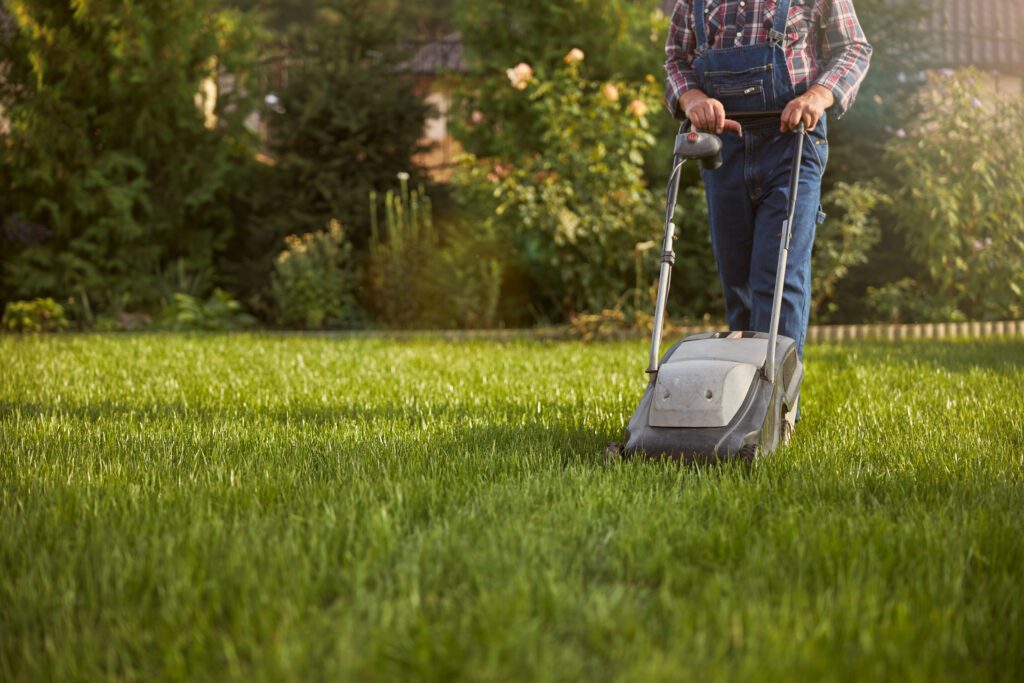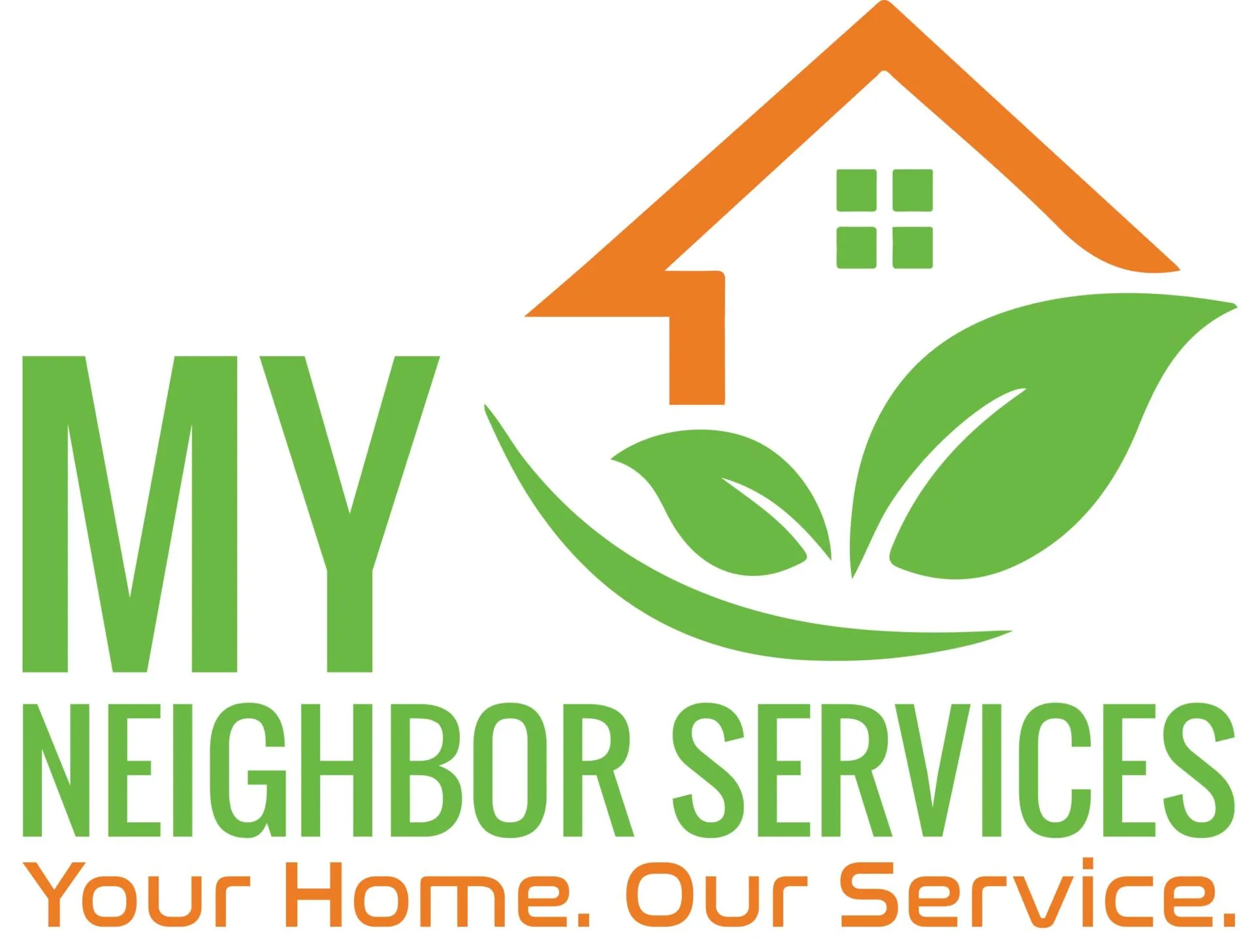
Long-Term Lawn Care: Advice from Experienced Gardeners
Green lawns are a homeowner’s pride. But, maintaining a healthy and beautiful lawn requires more than just watering and mowing it regularly. Long-term lawn maintenance demands patience, knowledge, and expertise to ensure that your grass stays vibrant throughout the year. Luckily for you, we’ve consulted with seasoned gardeners who have shared their valuable insights on how to maintain a thriving turf all year round. So, grab your gardening gloves as we take you through some expert advice on long-term lawn care maintenance!
What is Long-Term Lawn Care?
As the name suggests, long-term lawn care is all about keeping your lawn healthy and looking great for the long haul. This type of lawn requires a bit more commitment than just mowing the grass and pulling the occasional weed, but it’s well worth it for a lush, green lawn that will be the envy of the neighborhood.
Here are a few tips for long-term lawn care maintenance:
1. Mow regularly and properly. Mowing is one of the most important aspects of lawn maintenance, as it helps to keep the grass healthy and looking its best. Be sure to mow regularly (at least once a week), and use a sharp blade to avoid damaging the grass.
2. Water deeply and infrequently. Over-watering is one of the most common mistakes people make when caring for their lawns. Watering too often can lead to weak roots and unhealthy grass. Instead, water deeply and infrequently, giving the grass enough moisture to reach its root system.
3. Fertilize regularly. A healthy lawn needs regular fertilization to thrive. Use a high-quality fertilizer that’s appropriate for your type of grass, and apply it according to the manufacturer’s directions.
4. Aerate annually. Aeration helps improve drainage and allows oxygen and nutrients to reach the roots of your grass. It’s best to aerate in late summer or early fall, before you fertilize.
5. Control weeds with the right products. Weeds can quickly take over a lawn if left unchecked, so it’s important to use the right products to control them. Be sure to read the product labels before you apply any weed killers or herbicides, and always follow the manufacturer’s directions for application.
Benefits of Long-Term Lawn Care Maintenance
There are many benefits to long-term lawn care maintenance, including a healthier lawn, fewer weeds, and less water and fertilizer needed. A healthy lawn is the foundation of a beautiful landscape. It is also the first line of defense against weeds, pests, and diseases. A well-cared-for lawn will have fewer problems with these issues and will require less water and fertilizer to stay green and healthy.
Tips and Tricks From Experienced Gardeners
1. Mowing: It may seem like a no-brainer, but mowing your lawn is one of the most important things you can do to keep it looking healthy. Be sure to mow at the correct height for your grass type – too short and you’ll damage the grass, too long and it will be more susceptible to weeds and disease.
2. Watering: Another important factor in keeping your lawn healthy is watering. Be sure to water deeply, but not too often – overwatering can actually be just as harmful as underwatering.
3. Fertilizing: Proper fertilization is key to a healthy lawn. Be sure to choose a fertilizer that’s appropriate for your grass type and apply it according to the directions on the package.
4. Aeration: Aerating your lawn helps improve drainage and allows air and water to reach the roots of the grass more easily. This is especially important if you live in an area with clay soil.
5. Weed control: Weeds can quickly take over a lawn if they’re not controlled. Be diligent about pulling them by hand or using an appropriate herbicide to keep them under control.
6. Pest control: Insects and other pests can also cause problems for a lawn if they’re not controlled. Be sure to properly identify any pests that are present and use the appropriate pesticide or other treatment to get rid of them.
How to Choose the Right Plant For Your Yard
When choosing plants for your yard, it is important to consider the climate, soil type, and amount of sunlight the area receives. You will also want to think about what you want the plant to do for your yard. Some plants are better suited for providing shade while others can help control erosion.
If you are unsure what kind of plant would be best for your yard, ask a local nursery or gardening center for advice. They can help you choose a plant that is well-suited to your specific needs.
Watering and Fertilizing Strategies for Long-Term Health
The key to keeping your lawn healthy in the long term is to develop a watering and fertilizing strategy that works for your particular grass type and climate. Depending on where you live, you may need to water your lawn more or less frequently. In general, however, it’s best to water deeply and infrequently, rather than shallowly and frequently. This encourages your grass roots to grow deep and strong, making your lawn more drought-resistant.
When it comes to fertilizing, it’s important to use the right products for your grass type. Some grasses require more nitrogen than others, so be sure to read the labels carefully. It’s also important not to over-fertilize, as this can cause problems such as burning or leaching of nutrients from the soil. A soil test can help you determine exactly how much fertilizer your lawn needs.
Dealing With Pests and Disease in Your Yard
No matter how well you take care of your lawn, chances are you will have to deal with pests and diseases at some point. The key is to identify the problem early and take action before it gets out of hand. There are a few common lawn pests and diseases that you should be on the lookout for:
- Grubs: These larvae of beetles feed on the roots of grass, causing brown patches in your lawn. If you suspect grubs, check for signs of damage such as dead patches of grass or small holes in the ground. Treatments include applying insecticide or nematodes to the affected area.
- Diseases: Lawn diseases can be caused by fungi, bacteria, or even viruses. Some common symptoms include discolored patches of grass, and wilting, or thinning blades. If you notice any of these signs, contact a lawn service professional for diagnosis and treatment options.
- Weeds: A lawn can quickly become overrun by weeds if they aren’t controlled. Hand-pulling is usually the best method for small areas, but you may need to use herbicides for larger infestations. Be sure to read and follow all label directions carefully when using any type of chemical weed control.
Alternatives for Long-Term Lawn Care Maintenance
If you’re looking for alternatives to traditional lawn maintenance methods, there are a few options available. You can choose to use organic methods, which are often more environmentally friendly. You can also choose to use artificial turf, which requires less maintenance than natural grass.
Long-term lawn care maintenance requires dedication and effort, but it can be incredibly rewarding. With the right advice from experienced gardeners, you can create a lush and healthy lawn that will remain beautiful for years to come. From choosing the right grass for your climate to understanding when to water and fertilize, every aspect of long-term lawn care maintenance is important. Taking these tips into account will ensure that you have a great-looking yard now and in the future!
Call My Neighbor Services For Your Lawn Care Needs
Long-term Lawn care can be difficult, but it doesn’t have to be with the help of My Neighbor Services. Hire My Neighbor Services for your residential lawn mowing needs. Not only do we offer cheap lawn mowing service, but we also have a decade of experience in the industry. After spending so much time in the field, we know how to do the job the right way. Our knowledge and skills have been tested by many homeowners. Call our team today at 469-837-2871.
